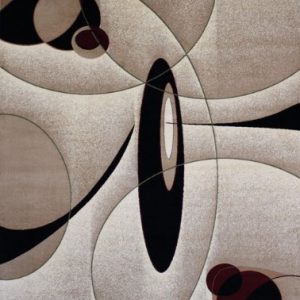
Just What Does Post Modern Design Look Like?
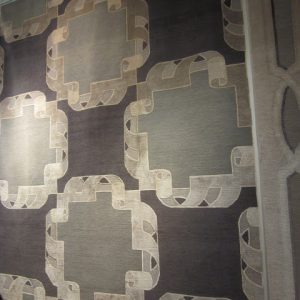
Area Rugs in Postmodern Design
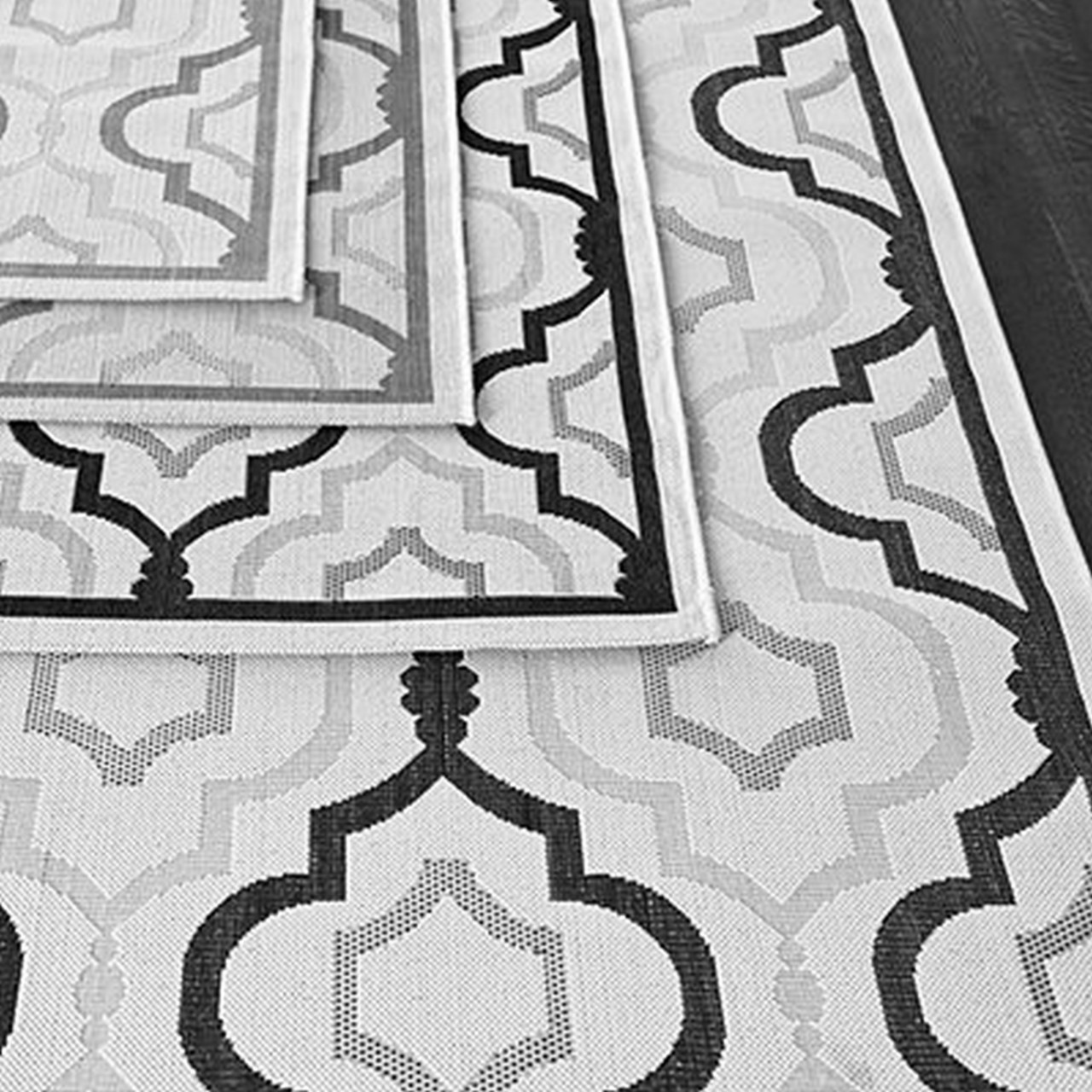
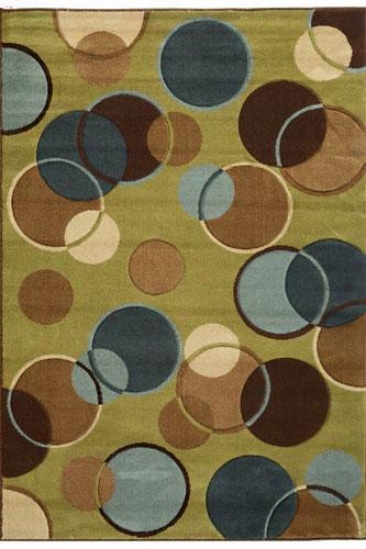
Post Modern Design is in the Details
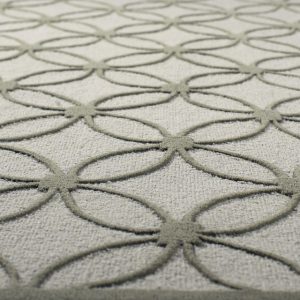
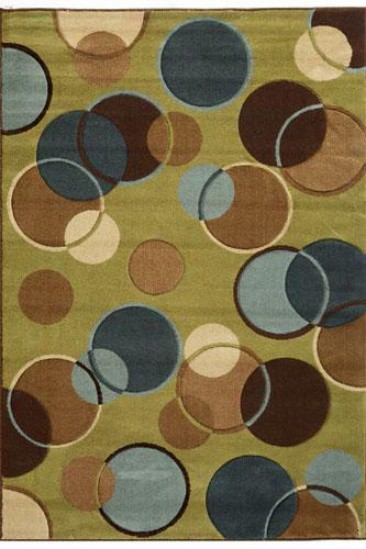





Many people ask us; what is the difference between an Oriental rug and a Persian rug? This question is commonly asked by rug buyers all
Besides being utterly beautiful, genuine hand-knotted Oriental and Persian rugs are extra durable and can last in time, provided you know how to take care
Many people wonder about the difference between synthetic and hand woven cotton rugs. Truth be told, it’s night and day and you are about to
| Rug Size (ft) | Price with Pickup & Delivery |
|---|---|
| 4×6 | $55.00 |
| 5×7 | $71.05 |
| 7×9 | $127.89 |
| 8×10 | $162.40 |
| 9×12 | $219.24 |
Please submit this form to secure your pricing. Then simply drop-off your rug(s) to one of our convenient locations:
